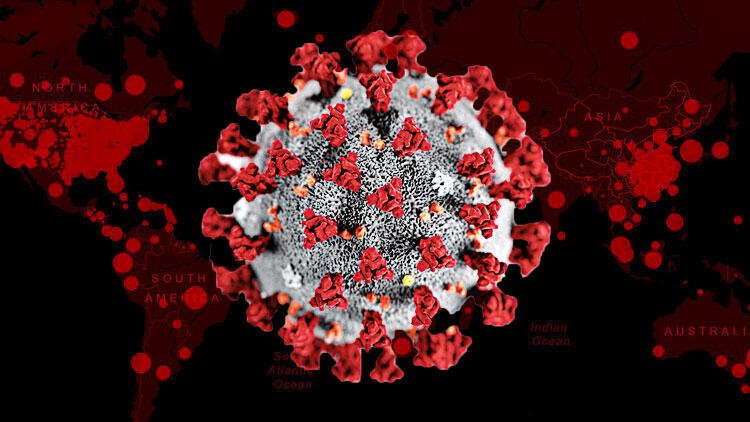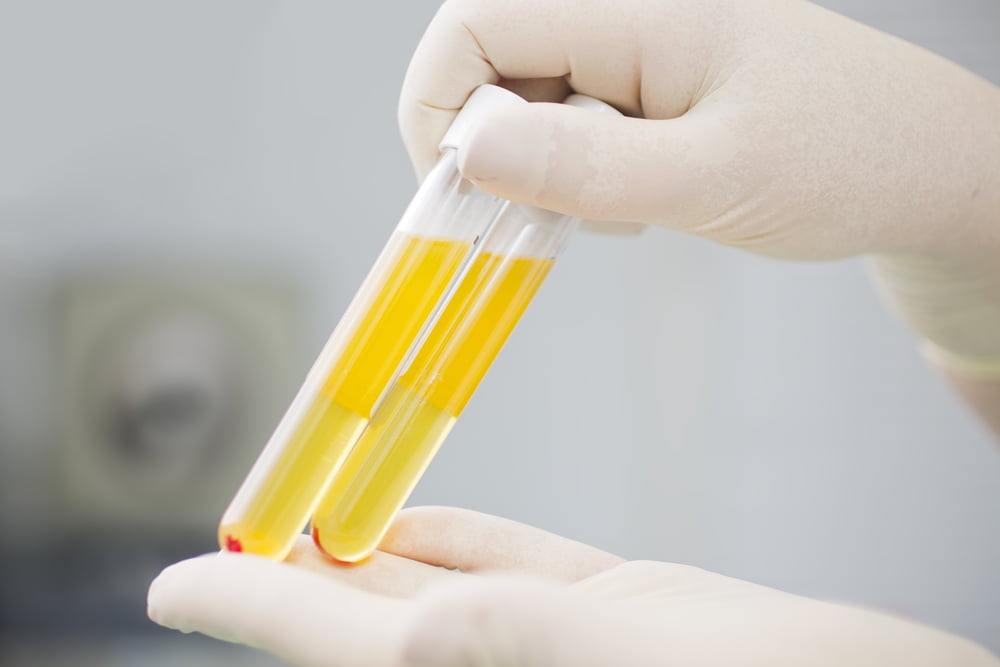Last night, Donald Trump summoned the media for “a truly historic announcement” about blood plasma treatment for COVID-19. He stated that it will “reduce mortality from the virus by 35%”. It involved the approval by the US drug agency of the use of blood plasma from recovered COVID-19 patients as an “emergency use” treatment.
In recent weeks, while the FDA showed very reluctant to authorize called “convalescent plasma”, Trump accused to agency delaying vaccines and treatments for “political reasons”. Thus ends the political vaudeville, but the medical debate has only just begun. What do we know about blood plasma based treatment?
How can convalescent plasma work as a treatment for COVID-19?
A life-threatening disease for which we do not have vaccines or treatments. That is the medical problem posed by the coronavirus and, therefore, for months, work has been carried out on dozens of therapeutic approaches that allow us to buy time from the pandemic. One of the most obvious has been blood plasma. After all, as people recovered from the infection and everything pointed to the development of immunity, an antibody-rich plasma could be a vital element in reactivating the immune system and allowing it to fight against the virus.
- Bill Gates believes that COVID-19 will end by the end of 2022
- Cross immunity may be a new answer to COVID-19
However, the immune system is more complicated than it seems. We have seen it on other occasions: depending on the mechanisms that are most effective to fight the virus, there are times that blood plasma is an interesting therapeutic option and others, of which we have talked at length over the years, simply not. In response to this intuition and the urgency for tools against COVID-19, researchers have launched many (and very large) studies.

Unfortunately, the results are not being as powerful as we would like. The same FDA said a few days ago that, indeed, the data “support the conclusion that [plasma] can meet the efficacy criteria for treating hospitalized patients with COVID-19” and could be in a position to “obtain authorization in the US “. “However, adequate and well-controlled randomized trials remain necessary for a definitive demonstration of […] efficacy and to determine the optimal characteristics of the product and the appropriate patient populations for its use.”
In fact, less than a week ago a number of top-notch North American researchers (including the Director General of the National Institutes of Health Francis Collins and COVID-19 Response Leader Anthony Fauci) asked, in a rare statement, to the FDA not to authorize its emergency use because we did not have enough data to support the massive introduction of this treatment.
Lessons for the future
There is, therefore, no solid data to support the idea of a 35% reduction in mortality. Nor does anything to ensure that we are really facing a historic moment. The most complete way of understanding everything that is involving the blood plasma in recent weeks returns us, once again, to the “biotechnological race” to find treatments and vaccines. In this case, with an extra element: the fact that presidential elections will be held in the United States at the beginning of November and, as the pandemic grows in the North American country, it begins to be one of the central themes of the campaign.
From what we know, ‘convalescent plasma’ may end up becoming a standard tool in the treatment of COVID-19. It is also possible that it ends up abandoned in a corner of history. Time will tell us. However, the most important lesson we can learn is how the approval mechanisms for vaccines and treatments are subjected to many pressures and frictions that threaten to affect society’s trust in health agencies and authorities. Whether these are internal or external pressures, it is something to take into account.
It is not very clear what will be the resolution of this conflict, nor what will happen next; but it does seem clear that one of the great themes of post-pandemic science will be the reconstruction of its structures, procedures and mechanisms to make them more transparent, more resilient and more robust for the future.





